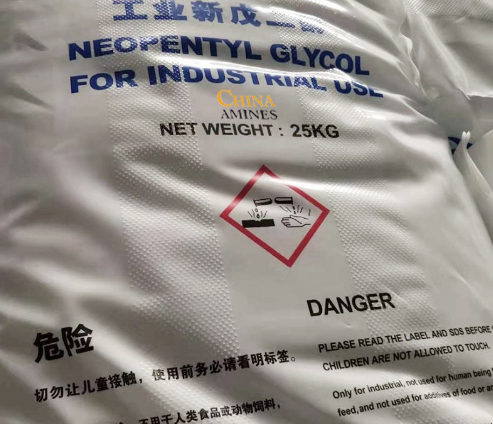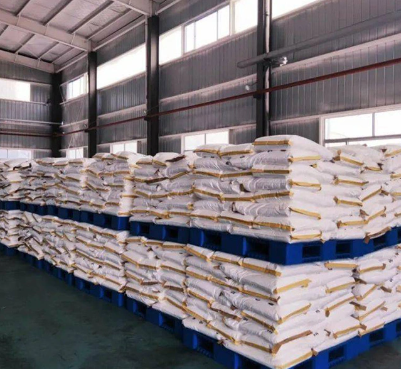1. Chemical Structure and Properties
Molecular Formula: C₅H₁₂O₂
Structural Formula:
CH₃OCH₂CH₂CH₂OCH₃
A symmetrical diether derived from 1,3-propanediol, with two methyl groups attached to terminal oxygen atoms.
Physical Properties:
Appearance: Clear, colorless liquid with a mild ether-like odor.
Boiling Point: 175–178°C; Density: 0.92 g/cm³; Vapor Pressure: 0.1 mmHg at 25°C.
Solubility: Miscible with water, alcohols, and most polar organic solvents.
Chemical Properties:
Polarity: High polarity (log P: -0.3) due to ether oxygen atoms, enabling strong hydrogen bonding.
Stability: Hydrolytically stable under neutral and mildly acidic/alkaline conditions.
Reactivity: Resistant to oxidation; inert toward common reducing agents.
2. Industrial Applications
Lithium-Ion Batteries:
Electrolyte Additive: Enhances ionic conductivity and thermal stability of LiPF₆-based electrolytes (e.g., in NMC cathodes).
Pharmaceuticals:
Reaction Solvent: Facilitates synthesis of APIs requiring polar aprotic conditions (e.g., sulfonamide antibiotics).
Coatings & Adhesives:
Green Solvent: Replaces ethylene glycol ethers in waterborne coatings for reduced VOC emissions.
Chemical Synthesis:
Ligand & Catalyst Medium: Stabilizes transition metal catalysts in cross-coupling reactions (e.g., Suzuki-Miyaura).
3. Safety and Toxicology
Health Hazards:
Acute Exposure:
Skin Contact: Mild irritation (rabbit skin LD₅₀: >2,000 mg/kg).
Inhalation (≥100 ppm): Respiratory tract irritation (TLV-TWA: 50 ppm).
Ingestion: Low toxicity (oral LD₅₀ rat: 3,500 mg/kg).
Chronic Effects:
Reproductive Toxicity: No evidence of teratogenicity (OECD 414 compliant).
Organ Toxicity: Negligible hepatotoxicity in subchronic rodent studies.
Protection Measures:
PPE: Nitrile gloves, safety goggles, and general ventilation.
Storage: Stable in HDPE containers; avoid prolonged exposure to light.
4. Environmental and Regulatory Compliance
Environmental Impact:
Aquatic Toxicity: LC₅₀ (fish, 96h): >100 mg/L; EC₅₀ (daphnia): >50 mg/L.
Biodegradability: Readily biodegradable (OECD 301F: >70% in 28 days).
Persistence: Low bioaccumulation potential (log Kow: -0.3).
Regulatory Frameworks:
EU:
CLP Regulation: Not classified as hazardous; REACH-registered.
USA:
EPA: Exempt from VOC status under 40 CFR 51.100(s)(1).
OSHA: No specific PEL; general organic solvent guidelines apply.
China:
GB 13690-2009: Classified as General Chemical.
Transport:
UN Number: Non-hazardous; no special transport requirements.
5. Case Studies and Application Insights
Case 1: High-Energy Density Batteries (Panasonic, 2023):
Application: DMPD (2% w/w) in LiNi₀.₈Co₀.₁Mn₀.₁O₂ (NCM811) electrolytes reduced capacity fade by 15% at 4.4V cycling.
Mechanism: Stabilized SEI layer formation via preferential solvation of Li⁺ ions.
Case 2: Sustainable Coatings (AkzoNobel, 2022):
Process: Replaced 30% of ethylene glycol monobutyl ether (EGBE) with DMPD in architectural paints.
Result: Achieved 25% lower VOC emissions while maintaining film integrity and drying time.
Comparative Analysis:
DMPD vs. Ethylene Glycol Dimethyl Ether (Monoglyme):
Pros: Higher boiling point (178°C vs. 85°C), better thermal stability.
Cons: Higher viscosity (2.5 mPa·s vs. 0.6 mPa·s).
Specifications:
Dimethyl 1,3-Propanediol is a clear, colorless liquid (≥99% purity) with a boiling point of 214 °C, density of 1.05 g/cm³, low volatility, high hygroscopicity, and minimal residual water content.



